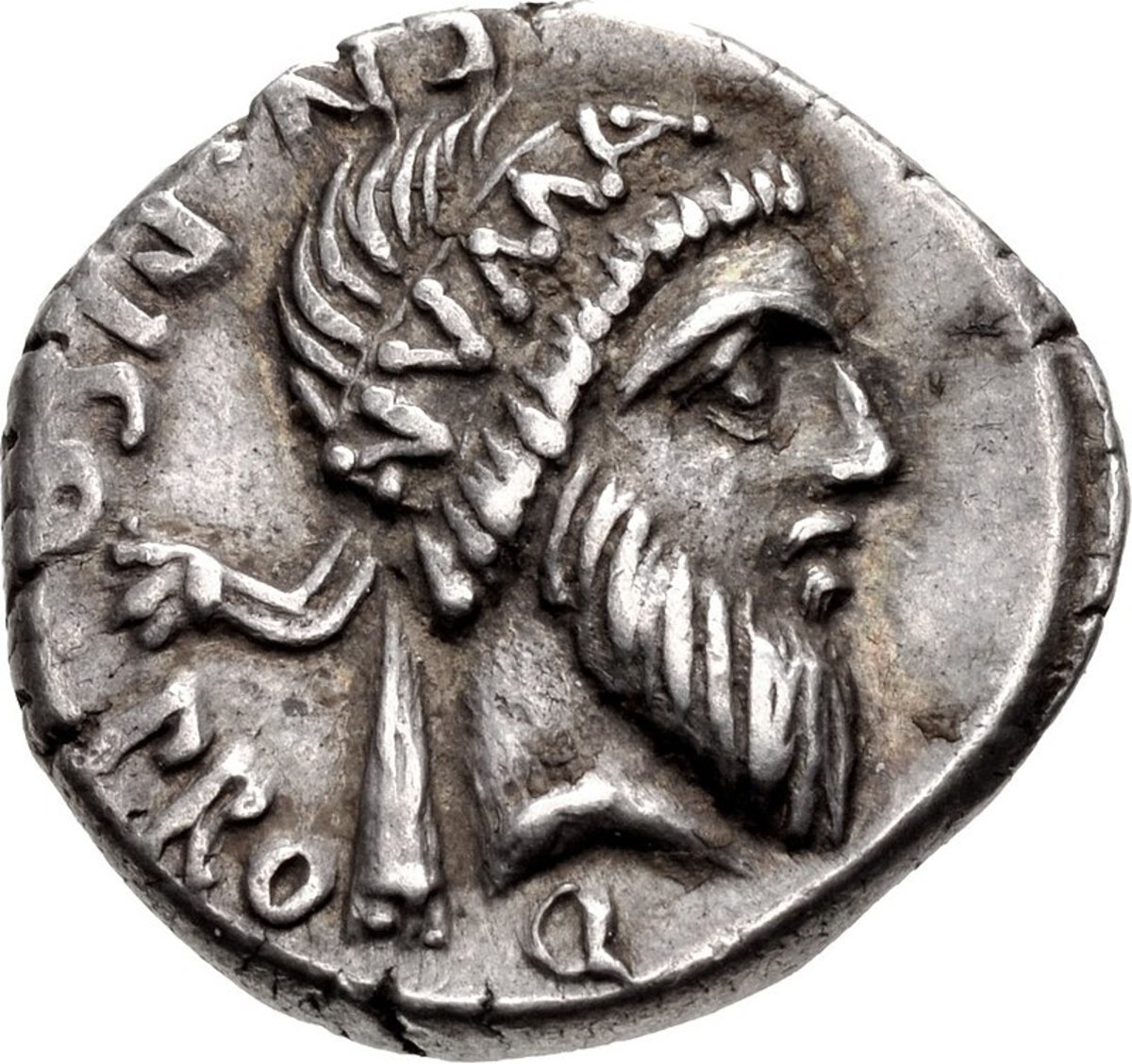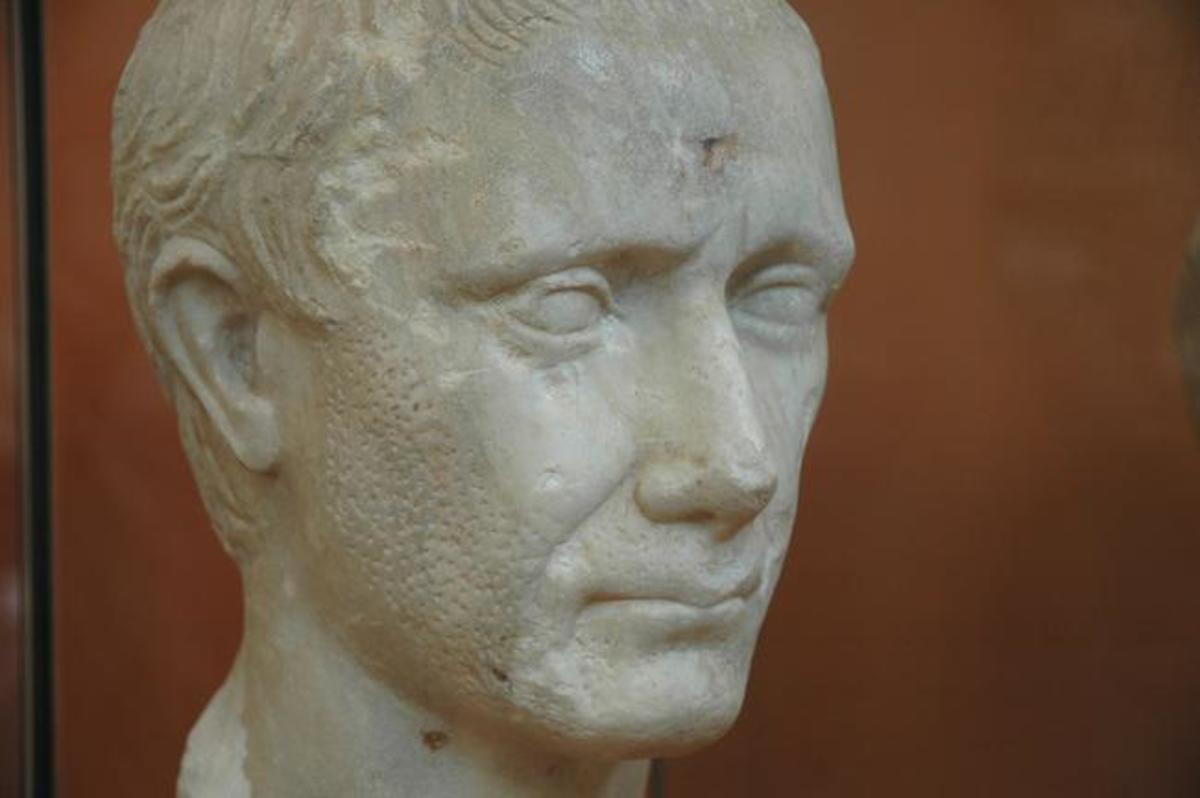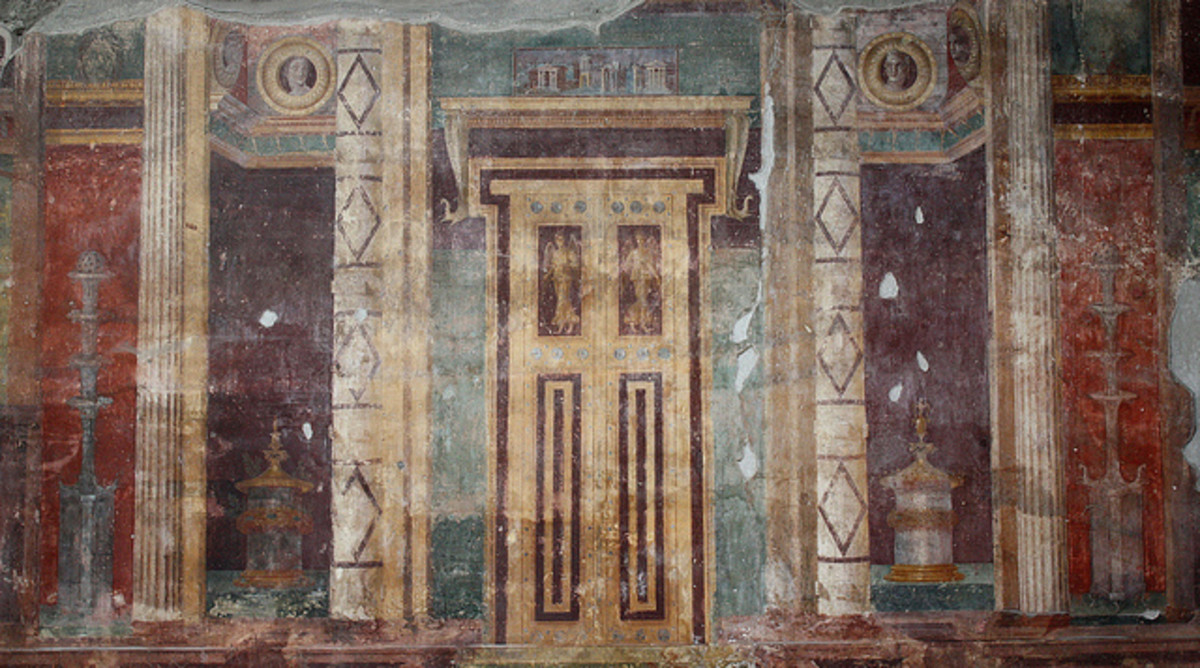- HubPages»
- Education and Science»
- History & Archaeology»
- Ancient History
The Vindolanda Tablets of Roman Britain
Over a period of several hundred years, Rome and it's legions occupied and altered the landscape of Britain. They subjugated countless Briton tribes while establishing an infrastructure of roads and forts throughout the isle. A series of tablets discovered at one such fort, Vindolanda, has shed much light on the inner workings of the Roman machine as it occupied northern Britain.
Rome In Britain
During the height of the Roman Empire, the legions sought to annex as much territory as possible. Rome gradually absorbed the island of Britannia, an island that had first been invaded by Julius Caesar over 150 years earlier. The pinnacle of the Roman invasion occurred during the rule of Julius Agricola, a military leader who served as governor of Britain from 78-84 A.D. He led Rome farther north into Britain than it ever had been or ever would be again. The Caledonian tribes of modern day Scotland put up a fierce resistance to the Roman incursion, and once Agricola was removed as governor, the tribes succeeded in repelling the Roman forces.
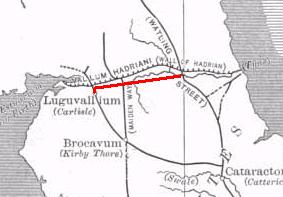
Stanegate Road
Over a period of several years, around 90 A.D., the struggle between Rome and the Caledonians reached an equilibrium. A rough line of demarcation emerged across which neither Rome nor the tribes ventured far. The Roman road known as Stanegate was probably built by Agricola, but when the legions withdrew several years later, the road was taken as a line of defense, around which the Romans began to build forts. The road itself runs east-to-west, almost dissecting the narrowest part of Britain, between the North and Irish seas. It linked two Roman forts, but other forts grew along the length of the road. One such fort was Vindolanda.
The Fort
Originally constructed in timber, the Roman fort at Vindolanda lies near the modern village of Bardon Mill. Archaeologists believe the fort to have undergone several phases of construction during it's existence. The earliest phase, the wooden construction, is believed to have been built around 87-90 A.D., not long after Agricola's exit. Several subsequent phases, spanning several decades to around 120 A.D. saw the fort expanded and then strengthened. This bolstered stone construction is the form that remains in the ruins still visible today.
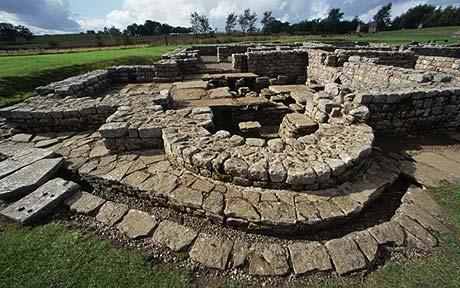
A Pivotal Discovery
Rome occupied the fort at Vindolanda for the next 300 years or so. As the empire began to crumble, circa 400 A.D., the legions abandoned Britannia, and the barbarians began to invade. Fast forward 1500 years. Vindolanda lies in ruins, it's stones removed to serve as building blocks for scavengers. Sporadic excavation and examination had occurred during the 18th and 19th centuries, but the bulk of the archaeological activity began during the 20th century. The site was confirmed to be the ruins of Vindolanda in 1914, but the most significant discoveries at the site began in 1973.
The Tablets Uncovered
When first unearthed, the archaeologists thought them to be wood shavings. Upon further inspection, however, they discovered the shavings to be "tablets," thin sheets of wood used to write on with an early ink. The tablets were covered in a strange form of writing that was unintelligible to the excavators, at first. During the roughly four decades spanning then and today, over 750 tablets have been unearthed at Vindolanda, and they tell a remarkable story about the state of Roman Britain during the 2nd century.
The Tablets Deciphered
Before they could tell their story, they had to be understandable to modern eyes. The script in which the tablets were written has been termed the Old Roman Cursive. At the time of the tablets' discovery, no examples of this script had been found, so the tablets' presented a unique challenge in transcription. Eventually they were deciphered, and a common transcription method was adopted for all of the tablets discovered.
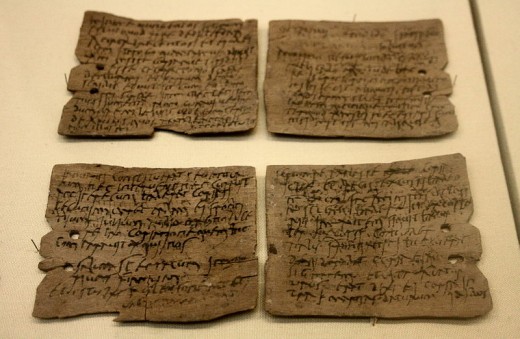
Personalities
One remarkable thing about the tablets is their conveyance of various personalities that lived in the area during that time. One such person is named numerous times in the tablets, Flavius Cerialis. He is considered to have been one of the highest commanders at the fort during his time there, as several tablets refer to him as "king" or "rex," terms of deference that denote his high rank. He had reached the status of an equestrian, a term that denoted a wealthy citizen of the Roman Empire. Even still, it is revealing to see the level of communication that soldiers had with their commander. One tablet records a soldiers request to Cerialis to "Please order some to be sent" as "my fellow soldiers have no beer." In all, Cerialis is a central figure in the tablet compendium, as he is mentioned in over 80 individual tablets.
Diversions
The most famous of the Vindolanda tablets was written between the wives of two fort commanders. Life on the frontier must not have been fighting 24/7. The tablet is a birthday invitation from one wife to the other, and shows us that they had plenty of time for merriment. Several other tablets indicate that the high ranking officers at the various forts took time to make their rounds visiting with the other forts, often times bringing their families along. Sounds a lot like vacation, to me.
Military Matters
The tablets have also been a great source of knowledge regarding the composition and function of the Roman military forces stationed in norther Britain during the 2nd century. A high level of communication was maintained between all parties of the military, from the top down. The numerous tablets themselves serve as evidence of this fact, but the plethora of places mentioned throughout the tablets also demonstrates the distance and scope of the information exchange in Britain.
The tablets address many issues, among them food and weapons supplies. Soldiers wrote to their commanders asking what orders were to be followed. Status and location reports of various cohorts were sent to the proper officials,and construction updates were relayed to the builders of new structures. In all, the tablets address a broad range of daily life as it occurred for these soldiers and their families. They provide us a snapshot glimpse into the lives of soldiers stationed in the far reaches of the Roman Empire.
My British History Blog
- British History
My blog about British History, currently examining the development of Roman Britain.
The Tablets Today
Through the use of modern technology, a vast majority of the tablets have been photographed, and the pictures along with their transcription have been published online. All of the published tablets are available for viewing at Vindolanda Tablets Online. The physical tablets are housed in the British Museum, and are able to be seen on exhibit there, or at any of the local museums to which the tablets have been loaned. More tablets are continuing to be transcribed, and who know what further details of life in Roman Britain they will reveal.




